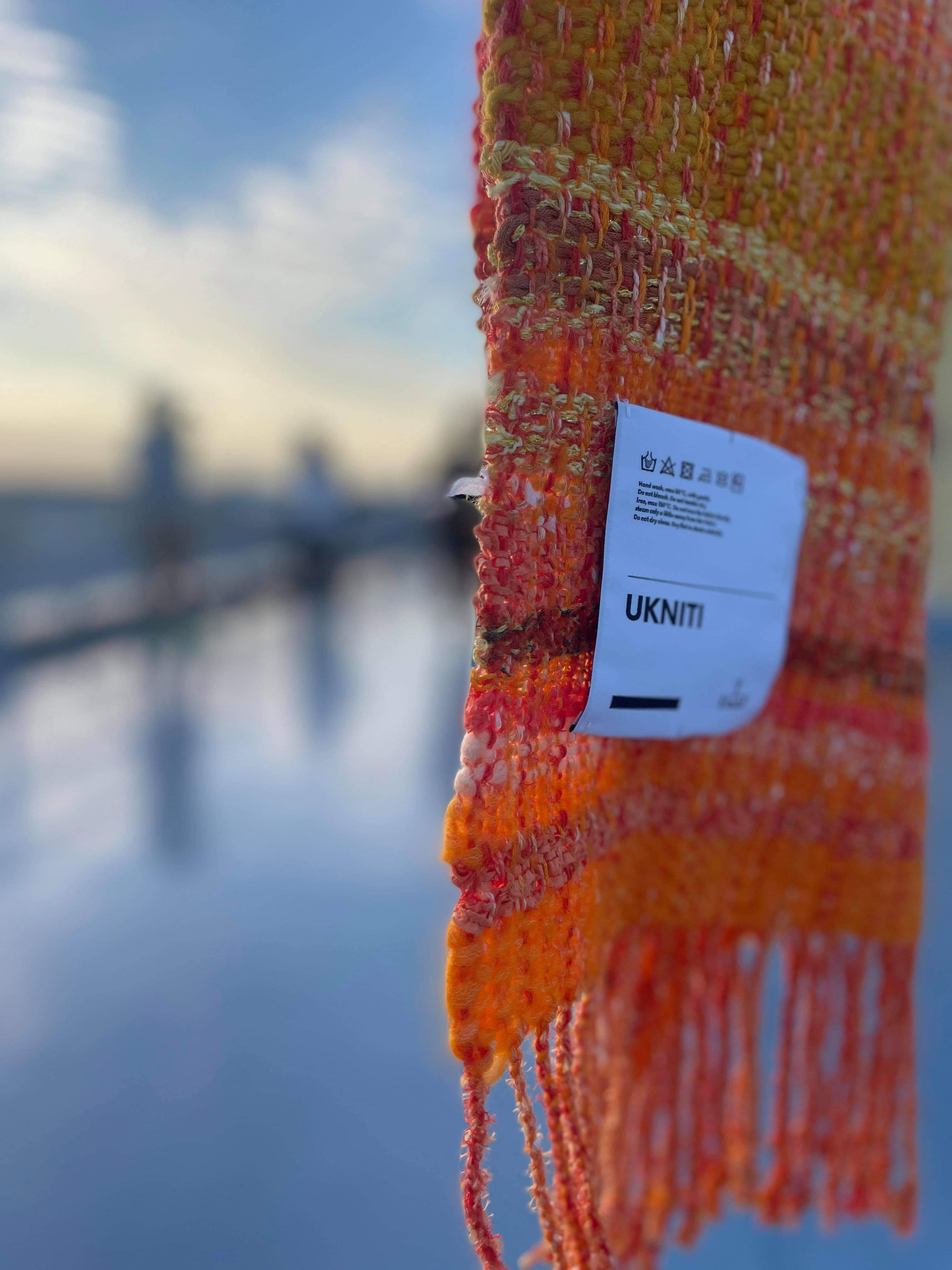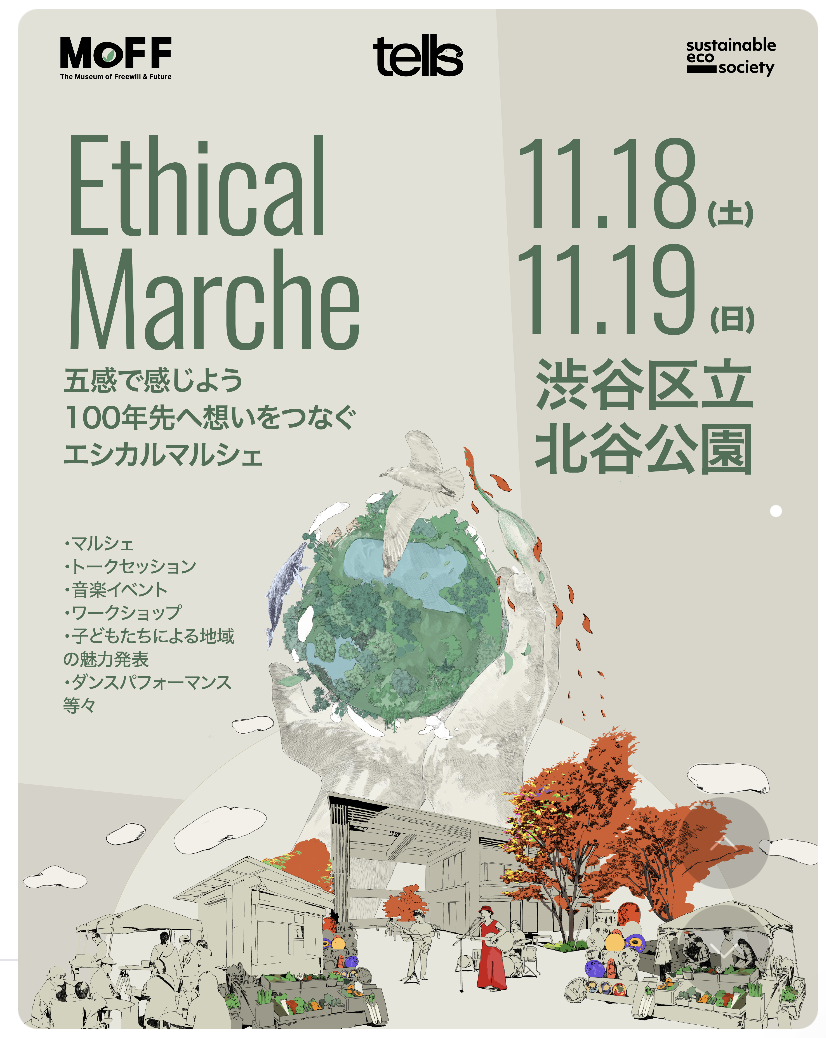Is Eco-Fashion the True Future of Style? Let's Dive Deeper into Ethical Threads and Choices
This article discusses the emerging trends in sustainable fashion and how consumers and industry players are participating in the revolution toward a more environmentally friendly and ethical fashion landscape.
日本国内発送のみ
ショッププロフィール
tells-market®︎

33品
送料(1品ごと): 日本: ¥2このショップでは¥5,000以上のお買い物の際に国内配送料が無料になります。
¥2(税込)
ポイント還元
0 SeC
カートへ
Transparency Points
透明性項目
tells-market®︎

品物一覧を見る
特定商取引法に基づく表記
Story
品物のストーリー
This article discusses the emerging trends in sustainable fashion and how consumers and industry players are participating in the revolution toward a more environmentally friendly and ethical fashion landscape.
Learn Stories of Makers
Fashion has transcended aesthetics; it's now a statement of conscience, a powerful embrace of feeling good, not just for the individual but for our precious planet. The unstoppable surge of eco-fashion, fueled by the virtues of ethical threads and unwavering sustainability, isn't just transforming the industry – it's reshaping our collective destiny. Whether it's the art of upcycling or the wisdom of informed choices, the fashion world is in the throes of a revolution, one that doesn't just whisper of a better tomorrow but shouts it from the runways.
Upcycling, visible mending, and organizing are among the ways fashionistas are giving their wardrobes a longer life. In her 2021 book, "Loved Clothes Last," Orsola de Castro, founder of the global campaign Fashion Revolution, raises important questions. Why abandon perfectly good clothing for a broken zipper when repairing it is not only environmentally responsible but also an opportunity for a fashion revolution?
De Castro's concerns are just one part of a growing consciousness in the 21st-century fashion industry. The sector's environmental and social impacts are undeniable, with immense natural resource use, pollution, and waste. The industry is also a significant contributor to global greenhouse gas emissions. The staggering fact is that despite the excessive production, very few of us genuinely need more clothes. The fashion world, responsible for between 80 to 100 billion pieces annually, is grappling with these challenges.
Fashion is attempting to address these issues with complex roadmaps, aiming to increase energy efficiency, transition to renewable materials, enhance social justice, and tackle animal cruelty. However, the enormity of the problem is hard to understate, and despite well-intentioned efforts, most garments are disposed of prematurely, often ending up in landfills or incinerated. The pandemic posed a temporary setback, but global fashion sales are on track to reach or exceed 2019 levels.

To combat fashion's environmental toll, many advocates argue for buying fewer clothes and making existing ones last longer. Research indicates that extending the life of a garment by just nine months can reduce its environmental impact by up to 10 percent. Achieving this involves purchasing high-quality clothing, a willingness to wear the same items repeatedly, and taking proper care of them. These changes may sound simple but have proven challenging to implement. The urgency of the environmental crisis now makes them imperative.
Our grandparents lived in an era of thrift and repair, whereas today's consumers are more accustomed to a wear-and-dispose model. It's time to reconsider why so much clothing relies on petroleum-based materials, the origin of the fabrics used, the treatment of workers, and the role we play in this destructive system. De Castro aptly labeled her book, "how the joy of re-wearing and repairing your clothes can be a revolutionary act."
Where to begin? Start by opening your wardrobe and reassessing the items you haven't worn in months. Styling can transform neglected pieces, giving them new life and versatility. The quality of your initial purchases matters, as buying high-quality garments can ensure longevity.
Mikha Mekler, a production management lecturer at the London College of Fashion, emphasizes the importance of making smart choices when buying clothing. Avoiding fast fashion brands and selecting ethical labels that prioritize craftsmanship is essential. Assess the garment's weight, stitching quality, and other details. These small factors can offer insights into the item's durability and ethical sourcing.

When it comes to care, less washing and cooler temperatures are generally advised by sustainable clothing experts. Proper sorting, natural detergents, and turning clothes inside out to prevent color fading are also essential practices. Stella McCartney recommends avoiding dry cleaning and washing only when necessary.
The positive environmental impact of reduced washing cannot be underestimated. The average washing machine uses thousands of gallons of water each year and flushes chemicals and microfibers into waterways. Furthermore, a significant portion of emissions during a garment's lifecycle is generated during washing and drying. Cutting down on this process makes you a more sustainable fashionista.
Once your clothes are clean, proper storage is equally important. Keep cleaned clothes away from sunlight and heat, store them in cool, dry spaces, and provide adequate spacing to allow air circulation. Professional organizers recommend the KonMari Method of tidying, which emphasizes awareness, positive habits, and organizing items for easy access.
Visible mending has gained popularity as a creative way to salvage and extend the life of clothing. Using contrasting stitches, embroidered motifs, and patches adds uniqueness to your garments while relieving the pressure to achieve perfection. Repairing and reusing clothing items fundamentally changes our relationship with them, fostering a stronger connection.
Several ethical brands offer repair services, while online resources and tutorials make it accessible for those who want to mend their clothing. Repair specialists at labels like Toast rescue and renew garments for free, breathing new life into old pieces. In a world of mass-produced goods, where items often look the same, visible mending is an avenue to express individuality.
In the spirit of ethical fashion, "tells market" provides an online market where goods worth passing down to future generations are celebrated. This marketplace cherishes the thoughts of the makers, the transparency of materials and processes, coexistence with the earth, and a culture brimming with life.

In the realm of creative and artistic events, "MoFF - The Museum of Freewill & Future" stands as an ethical marché event where craftsmen and creators from Japan and all over the world showcase their ethically made products. These products are imbued with the wisdom derived from cultural heritage and a profound understanding of sustainable craftsmanship. Moreover, MoFF serves as a platform where experts in various fields related to sustainability, climate change, and more, come together to brainstorm and envision a future that preserves the well-being of our planet. This unique event offers a holistic perspective on ethical living and the protection of our shared environment, weaving together traditions and innovation in pursuit of a better future.
As the fashion industry undergoes a transformation, the emphasis is shifting from overconsumption to conscious choices. From upcycling and visible mending to ethical online markets and creative celebrations of art, the fashion revolution is gaining momentum, offering a vision of fashion that enriches the earth and people.
★For a glimpse into last year's highly successful "MoFF 2022" event, click [here].
